In this article, we explore the interplay between heat and cologne. Specifically, we discuss whether a bottle of cologne evaporates when subjected to high temperatures in a closed car.
So, does cologne evaporate in a hot car?
This question has practical implications relating to fragrance longevity, potential hazards and optimal storage conditions.
Read on for an evidence-based discussion drawing on scientific principles regarding heat, evaporation and chemical stability.
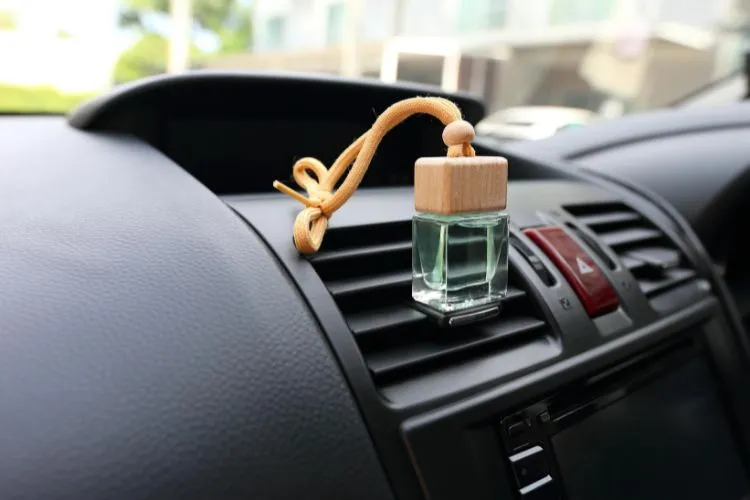
Does Cologne Evaporate In A Hot Car?
Yes, cologne can evaporate in a hot car. This evaporation process is typically due to a combination of two factors: the high temperature inside the vehicle and the nature of the cologne itself.
Cologne contains volatile organic compounds—primarily alcohol—that readily turn into gas at high temperatures.
When exposed to the excessive heat that can build up within a parked car, especially during the summer, these compounds can evaporate faster than under normal storage conditions. This process can make the cologne lose its fragrance over time.
Moreover, constant exposure to extreme temperature fluctuation, i.e., rising heat during the day followed by cooling at night, can destabilize the other ingredients in the cologne, further affecting the overall scent.
Therefore, to preserve the longevity and quality of your cologne, it is recommended to store it in a cool, consistent-temperature area, away from direct sunlight.
The Science of Evaporation: How Heat Influences Cologne and Fragrance Evaporation
Evaporation is a physical process where a liquid changes its state to a gas or vapor. It occurs when the molecules at the surface of the liquid gain enough energy to overcome the attractive forces binding them together, and break away as gas.
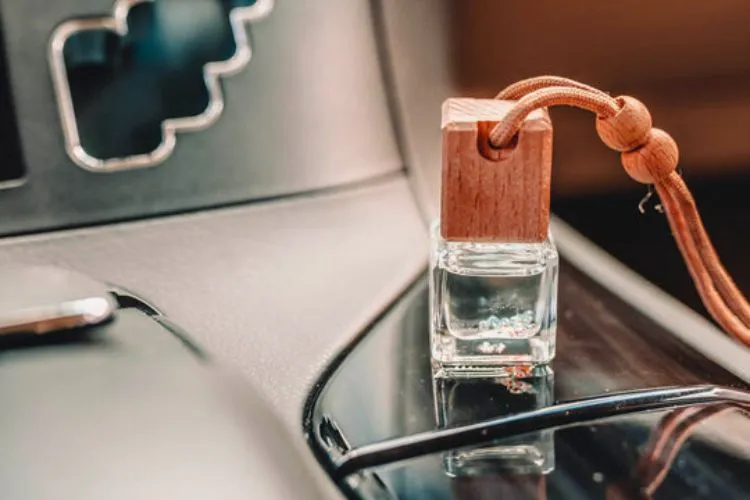
This energy can come from heat, and in the case of cologne, the main ingredient — alcohol — has a relatively low boiling point, which means it requires less energy or heat to evaporate.
Cologne Composition: The Role of Alcohol and Volatile Compounds
The primary ingredient in most colognes is alcohol. Alcohol is a volatile compound, meaning it readily evaporates at room temperature, leaving behind aromatic compounds—the essence of your cologne. Besides alcohol, colognes also contain water and various aromatic compounds which give each cologne its unique scent.
Heat and Evaporation Rate
The interplay of heat and evaporation is quite straightforward: The higher the temperature, the faster the evaporation. When you leave a bottle of cologne in a hot car, the increase in temperature gives the alcohol and other volatile compounds in the cologne more energy.
This added energy accelerates their transition from the liquid state to a gas which we perceive as an increase in smell.
The Impact on Cologne and Other Fragrances
When colognes are exposed to higher temperatures, such as those found in a hot car, the alcohol and volatile compounds evaporate faster than they would under normal storage conditions.
This rapid evaporation not only reduces the volume of the cologne but can also alter its overall scent, as different components may evaporate at different rates. Meaning, some scents may become more prominent while others disappear.
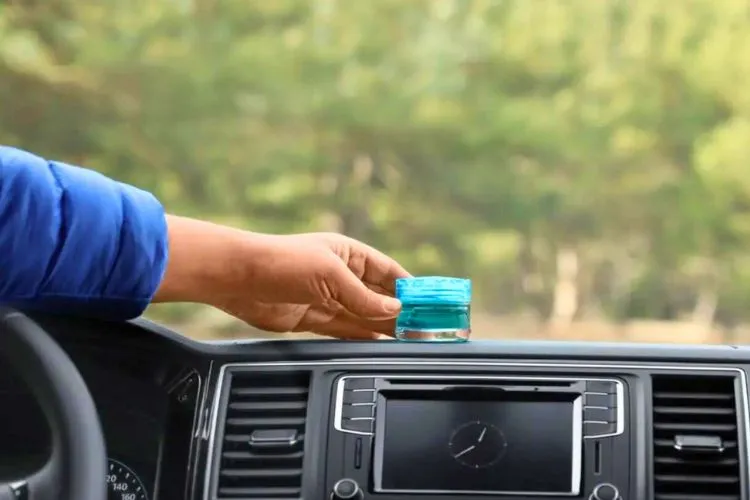
Unfortunately, once these components evaporate, they cannot be replaced, thereby shortening your cologne’s lifespan and potentially changing its aroma. Therefore, understanding the science of evaporation and the impact of heat on colognes and other fragrances is crucial for their proper storage and optimal use.
Optimal Storage Conditions for Fragrances
To maintain the quality, longevity, and potency of colognes and perfumes, understanding and implementing proper storage practices is essential.
Various environmental factors such as temperature, light, and humidity significantly affect the stability and lifespan of fragrances. This section delves into the best practices for fragrance storage, with a detailed look at how to mitigate the adverse effects of these factors.
Temperature Control
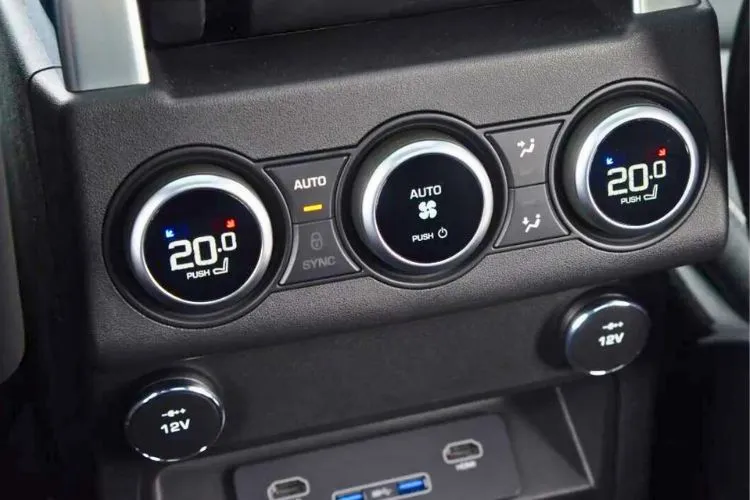
Ideal Temperature Range
The optimal temperature for storing fragrances is between 15 to 18 degrees Celsius (59 to 64 degrees Fahrenheit). Temperatures higher than this range can accelerate the evaporation of the volatile components, while colder temperatures might affect the fragrance’s molecular structure.
Avoiding Temperature Fluctuations
It’s also crucial to store fragrances in an environment with consistent temperature. Fluctuations can cause the fragrances to expand and contract, leading to leakage and air exposure, which can degrade the scent over time.
Protection from Light
Direct Sunlight
Direct exposure to sunlight can significantly degrade a perfume’s aromatic molecules, especially the more volatile top notes. UV rays break down the bonds in the fragrance molecules, altering the scent profile.
Artificial Light
Even artificial lighting, particularly intense sources, can have a detrimental effect on fragrance integrity over time. It’s advisable to store fragrances in dark places when possible.
Humidity Considerations
Ideal Humidity Levels
High humidity levels can promote the growth of mold and mildew, which can contaminate and alter the fragrance’s scent. A dry environment is preferable, with an ideal relative humidity level ranging from 40% to 60%.
Proper Storage Locations
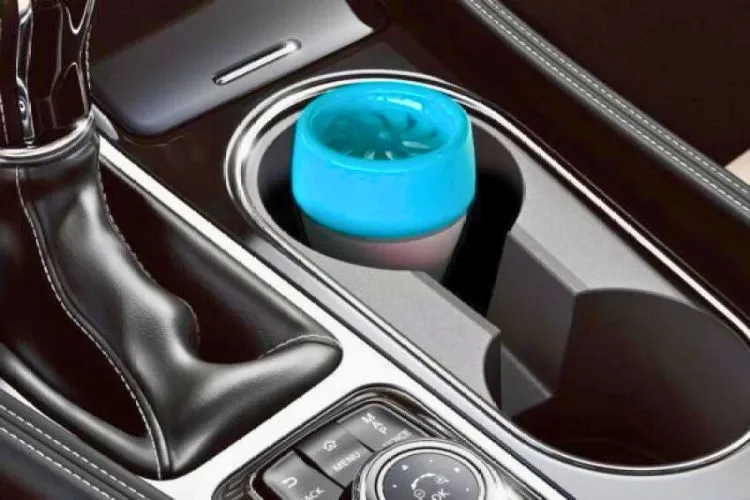
Away from the Bathroom
Despite being a common storage location, bathrooms are not ideal due to their fluctuating temperatures and high humidity levels.
Bedroom Storage
A bedroom, particularly inside a closet or a drawer, usually offers a more stable and suitable environment. Keeping fragrances in their original boxes further protects them from light and slight temperature variations.
Additional Tips for Fragrance Care
Limiting Air Exposure
Fragrances should be kept in tightly sealed containers to limit exposure to air. Oxygen can oxidize the fragrance, altering its chemical composition and scent.
Vertical Storage
Bottles should be stored upright to minimize the contact between the fragrance and the cap, which could lead to the degradation of the seal and potential evaporation.
Avoiding Refrigeration
Unless specifically recommended by the manufacturer, avoiding refrigeration is wise because the cold can cause certain notes to crystallize and alter the fragrance’s balance.
Implementing these best practices in storing colognes and perfumes can significantly extend their shelf life and ensure they retain their intended composition, strength, and quality for as long as possible.
Conclusion:
In conclusion, the evaporation of cologne in a hot car is a result of the unique interplay between heat and the volatile compounds that make up fragrances. Subjecting colognes to high temperatures accelerates the evaporation process, leading to a reduction in volume and potential alteration in scent.
To preserve the quality and longevity of colognes, it is essential to store them in cool, stable environments away from direct sunlight and extreme temperature fluctuations.
Understanding the science behind fragrance evaporation can help individuals make informed decisions about how to care for their colognes, ensuring they remain vibrant and effective for as long as possible.


